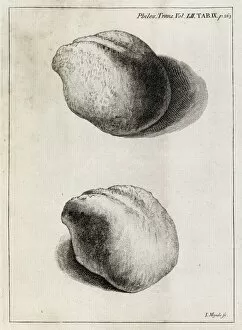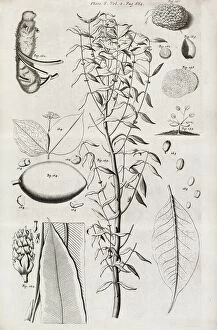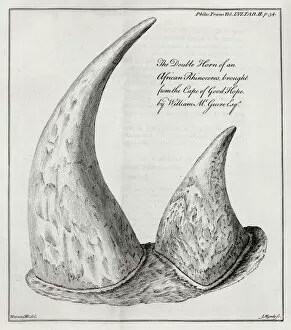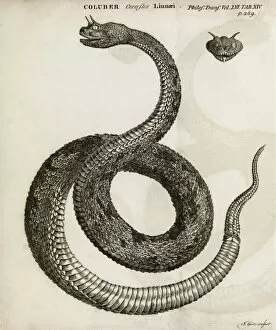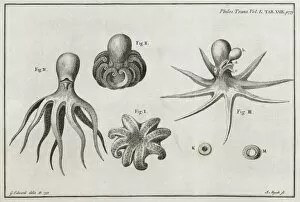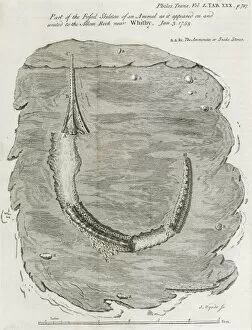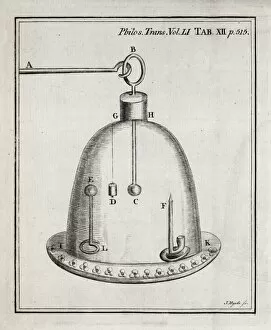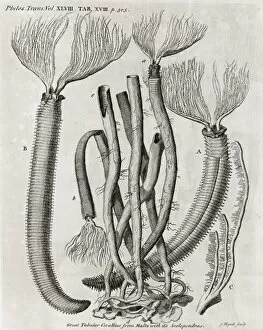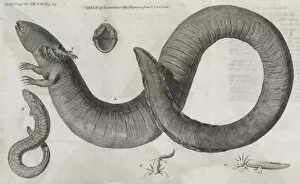Royal Society Of London Collection
"The Royal Society of London: A Journey Through Scientific Discoveries in the 17th and 18th Centuries" Step into a world where scientific curiosity knew no bounds
All Professionally Made to Order for Quick Shipping
"The Royal Society of London: A Journey Through Scientific Discoveries in the 17th and 18th Centuries" Step into a world where scientific curiosity knew no bounds, as we delve into the captivating history of the Royal Society of London. Founded in 1660, this prestigious institution became a hub for groundbreaking research and intellectual exchange. In the chilly realms of snowflake research, pioneering scientists explored the intricate beauty and unique patterns that adorned these delicate ice crystals during the 18th century. Their meticulous observations unveiled nature's artistic prowess hidden within every flake. Meanwhile, mathematical series took center stage as brilliant minds unraveled complex numerical sequences. These mathematical marvels paved the way for advancements in various fields, from astronomy to engineering, forever changing our understanding of numbers. The pursuit of knowledge extended even to unexpected areas such as kidney stones. In an era when medical practices were still evolving, researchers ventured into studying these painful afflictions with hopes of finding effective treatments or preventive measures. Venturing further into medical exploration, Eustachian tube syringing emerged as a technique to address ear-related ailments during this period. Scientists sought solutions to alleviate discomfort and enhance auditory health through innovative methods like syringing. Artistry met science when botanical illustrations flourished in the 17th century. Exquisite drawings captured intricate details of plants' anatomy while showcasing their natural beauty—a testament to both scientific precision and aesthetic appreciation. Journeying across continents brought African rhinoceros horns under scrutiny by curious minds seeking insights into their properties and potential applications during the 18th century. This exploration shed light on exotic materials that fascinated scholars at that time. A momentous occasion unfolded when Sir William Huggins admitted The Prince of Wales as a Fellow—an honor bestowed upon royalty within this esteemed society—depicted vividly through an engraving capturing this historic event on February 6th.



